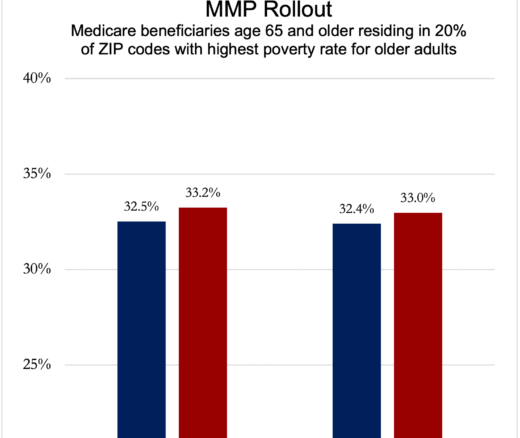
Acupuncture Could Fix America’s Chronic Pain Crisis–So Why Can’t Patients Get It?
A Proven, Low-Risk Treatment Is Backed by Major Studies and Patient Demand, Yet Medicare and Insurers Still Make It Hard To Use
Blog Post
As more and more prescription drugs hit the market with eye-popping price tags, it can be difficult to know whether they’re worth it.
Some countries use a relatively straightforward cost-effectiveness analysis to decide. The United Kingdom’s National Institute for Health and Care Excellence, for instance, covers medications based on a single threshold of £20,000-£30,000 per quality-adjusted life year (QALY) gained.
Such cost-effectiveness analysis helps countries with single-payer health care to control costs. It has been suggested as a way for Medicare and other U.S. insurers to do the same.
But using a single threshold to decide whether a particular medication is cost-effective assumes that all patients value what a medication offers in the same way. As a result, this one-size-fits-all approach can broadly paint costly drugs as not worth the price and prevent new drugs from entering the market, creating a barrier to treatment for patients who would value costlier care.
These are the findings of a study published recently in the Journal of Health Economics. The study’s lead author, Senior Fellow Claudio Lucarelli, suggests that a better approach would be to also consider the preferences of different patient subpopulations when assessing value. He and his co-authors developed a series of quality-adjusted price indices that accounted for preferences among patients and their prescribing physicians.
They focused on colorectal cancer—a disease for which the 6-month cost of medications jumped from $127 in 1993 to $36,300 in 2005. They assessed the value of the different drug regimens using a model that accounts for various outcome measures, the convenience of administration, patient tolerance for side effects, and willingness to accept greater toxicity for greater efficacy.
Using this approach that accounts for differences in patient preferences, here’s what they found: While efficacy gains from newer drugs did not justify their high prices for the population on average, they were justified for sicker, late-stage cancer patients. According to the model, if high-cost drugs were restricted based on an average cost-effectiveness analysis, then the sickest patients would experience a welfare loss.
Assessing value is complicated, and few studies have examined whether the value of pharmaceuticals is rising or falling once their attributes and consumers’ valuations of those attributes are considered. With this study, the authors show how it can be done.
They propose that health insurance needs to find ways to “allow for differences in value to express themselves in the market”—such as patients with advanced cancer placing greater value on hope and being willing to pay more for drugs that offer the possibility of longer survival. Suggested options include (1) insurers offering a variety of plans with varying premiums that accommodate differences in preferences and (2) allowing patients to internalize treatment costs at the margin by using “top-up” insurance, in which patients pay the incremental cost relative to a fully covered baseline treatment.
These suggestions, along with the novel model described in the paper, provide new perspectives for how to value new—and often—expensive prescription drugs.
The study, “Price Indices and the Value of Innovation with Heterogenous Patients,” was published in the July 2022 issue of the Journal of Health Economics. Authors included Claudio Lucarelli, Sean Nicholson, and Nicholas Tilipman.

A Proven, Low-Risk Treatment Is Backed by Major Studies and Patient Demand, Yet Medicare and Insurers Still Make It Hard To Use

Chart of the Day: Medicare-Medicaid Plans—Created to Streamline Care for Dually Eligible Individuals—Failed to Increase Medicaid Participation in High-Poverty Communities
Research Brief: Shorter Stays in Skilled Nursing Facilities and Less Home Health Didn’t Lead to Worse Outcomes, Pointing to Opportunities for Traditional Medicare

How Threatened Reproductive Rights Pushed More Pennsylvanians Toward Sterilization

Abortion Restrictions Can Backfire, Pushing Families to End Pregnancies

They Reduce Coverage, Not Costs, History Shows. Smarter Incentives Would Encourage the Private Sector